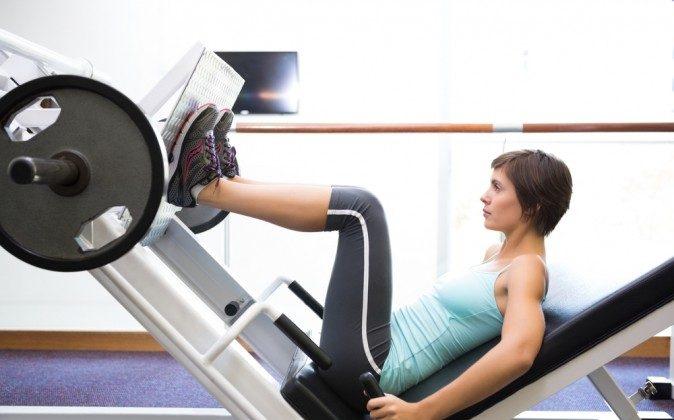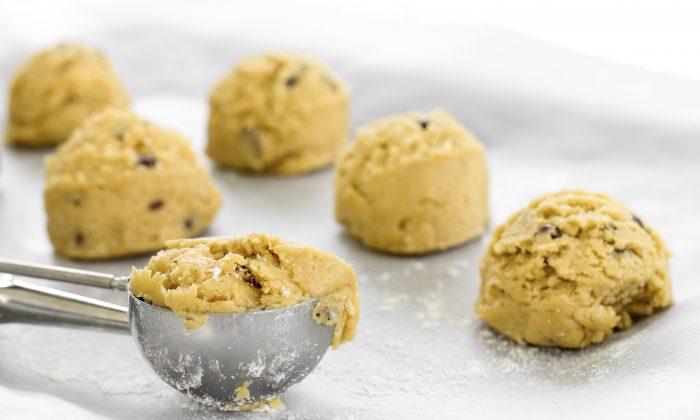You’ve probably experienced this most frustrating of fat loss phenomena before.
You exercise, eat healthier and lose weight… and then your success suddenly stands still.
Your solution? You exercise more, diet harder, or combine the two and expect to bust through your plateau. Only nothing happens.
The reason: At some point, just thinking about “calories in versus calories out” isn’t enough.
Your better-body goals are dependent on the type of deficit you create.
You see, once you’ve hit a fat loss plateau or when you’re trying to lose the last few pounds, fat loss becomes a game of hormonal balance. And if you’re not taking the right approach, your metabolism slows and it becomes harder for you to transform your body.
That’s why I created Final Phase Fat Loss. It’s an inside look at what really plagues “real” people’s bodies, while making sure you’re never on a diet that’s so severe that you halt your progress.
Your hormones can cripple your physique. They don’t just determine if you gain fat—they determine where you gain it and whether you’re able to lose if from those areas.
This is why “problem” areas exist. They are a result of your hormonal environment, and they can force your body into particular fat storage patterns.
Consider this your guide to understanding why you store fat in certain areas, and the hormones that are to blame.

The Problem: Belly Fat
Without question, the most common type of regional fat storage is belly fat. Obviously, your diet and overall body fat level contribute to it, but outside of that, it’s all hormones.
The villain: Cortisol, oftentimes referred to as the stress hormone. When your body is under any type of stress—whether emotional or physical—your body produces cortisol, which encourages the storage of belly fat. That means while drinking less or sleeping more can help, it’s not the end-all solution that crushes your belly fat.
What you really need is resistance training… but any type of exercise won’t do.
The trouble with cortisol is that it’s produced by stress, and exercise is actually a form of physical stress—so it’s one of the primary ways your body will produce this sneaky little hormone. And more specifically, long-duration cardio and extended lifting sessions are what produces the most cortisol. It’s the reason why so many runners end up looking “skinny fat.” Sure, they lose weight—but their cortisol remains elevated and they still look fat.
Instead, short, intense training sessions will help to counteract the effects of cortisol; both the muscle-wasting effect and the cortisol related belly fat storage. The result: You'll not only lose weight, but also melt body fat in record time.
The Problem: Fat in Your Lower Body
One of the most common types of fat storage that we see in women is the “pear shape” – fairly thin on top but heavy on the bottom (and in the bottom). This type of fat storage is also heavily dependent on the female sex hormone estrogen.
High levels of estrogen are awesome for enjoying the Vampire Diaries and makin' babies, but terrible for fat loss, which is why women usually have more trouble losing fat than men. However, anyone—male or female—with high estrogen levels will have trouble losing fat, especially from areas in the lower body like the hips and thighs.
And yes, it IS possible for men to have high estrogen levels. Unfortunately, outside of having to deal with a declined rate of fat loss and lower body fat, these guys also have to deal with the ignominy of man-boobs.
Fortunately, you can offset the negative impact of estrogen with certain types of training. In addition to helping you lose fat stored in the lower body, these specifically designed workouts will also be great for fat loss in general. Essentially, they’re great for burning calories and for shedding lower body fat through estrogen management. Combine the two and the result is rapid fat loss, with a heavy concentration on lower body fat stores.
The Problem: Love Handles
Probably my least favorite incarnation of regional fat storage is love handles and lower back fat. Even when I am in lean condition—I’m talking shredded pretty much everywhere else—I store some fat in my love handles and lower back.
The reason I tend to store fat this way is because of how my body reacts to certain hormones, and because of the effect those hormones have on fat storage. The degree to which you are able to process and respond to glucose (sugar) in your body is called insulin sensitivity. The higher this is, the easier and more efficiently your body utilizes carbohydrates for energy, and the less likely you are to store carbs as fat.
On the other hand, insulin resistance is the opposite; you don’t deal well with carbs. And anything other than a low carb diet pretty much means you’re going to store more fat.
The good news is that insulin resistance (and the resulting regional fatness) can be mitigated with certain types of training. With careful planning and workout progressions, you can start to whittle away at your love handles and lower back fat while you increase insulin sensitivity.

Putting It All Together
While this knowledge alone can arm you for combat and allow you to get incredible fat loss results, there are even more specific information that you can use to take your results to the next level.
These tactics and strategies are based in science so new and so radical that it may seem pretty “out there”–but it’s in fact is the kind of cutting edge science I live for. That’s why I’ve laid it all out in the next part of this post, “How to Fight Bad Hormones With Good Hormones” – check it out here!
This article was written by John Romaniello, NSCA-CPT, CSCS and originally published on www.romanfitnesssystems.com.
*Image of “woman“ via Shutterstock





Friends Read Free